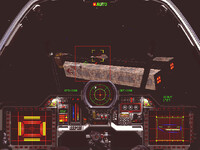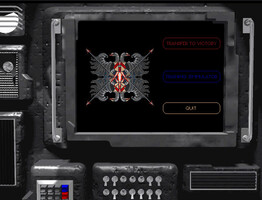Analyzing The Fate Of Interactive Movies



AD found an interesting transcript from this year's Game Developers Conference. In this article Analyst Ernest Adams discusses how the interactive narrative genre evolved over the last ten years. In 1995 he began researching the budding entertainment form that linked (sometimes) innovative gameplay with branching video plotlines. Wing Commander 3 is his striking example of how seriously the industry was willing to take this idea. He talks about some of the problems that developers faced trying to make good interactive games and how there has been a "Resurgence of Linearity" in recent years.
I said earlier that I think we're gone back, somewhat, to telling linear stores. There are multiple ways of approaching the issue of branching stories -- you can create fully branching storylines, with (possibly) multiple endings; you can create stories that branch less often, and tends to remain within a few distinct plot lines; or you can have what Charles Cecil calls "multilinear" stories, in which the main plot has particular nodes that the player must pass through, but there is a certain amount of freedom between these nodes...One has only to look at the mission trees for Righteous Fire versus Freelancer or Wing Commander 1 against Prophecy to see that changes in the overall structure were made to increase production efficiency. You can find the complete article here. It's an interesting read.We've improved the quality of our storytelling by, in large part, abdandoning our efforts to be interactive about it. We have gone, unapologetically, back to the basically linear stories. Interactivity earns you progress through the story, but it doesn't have much effect on the outcome.















Follow or Contact Us